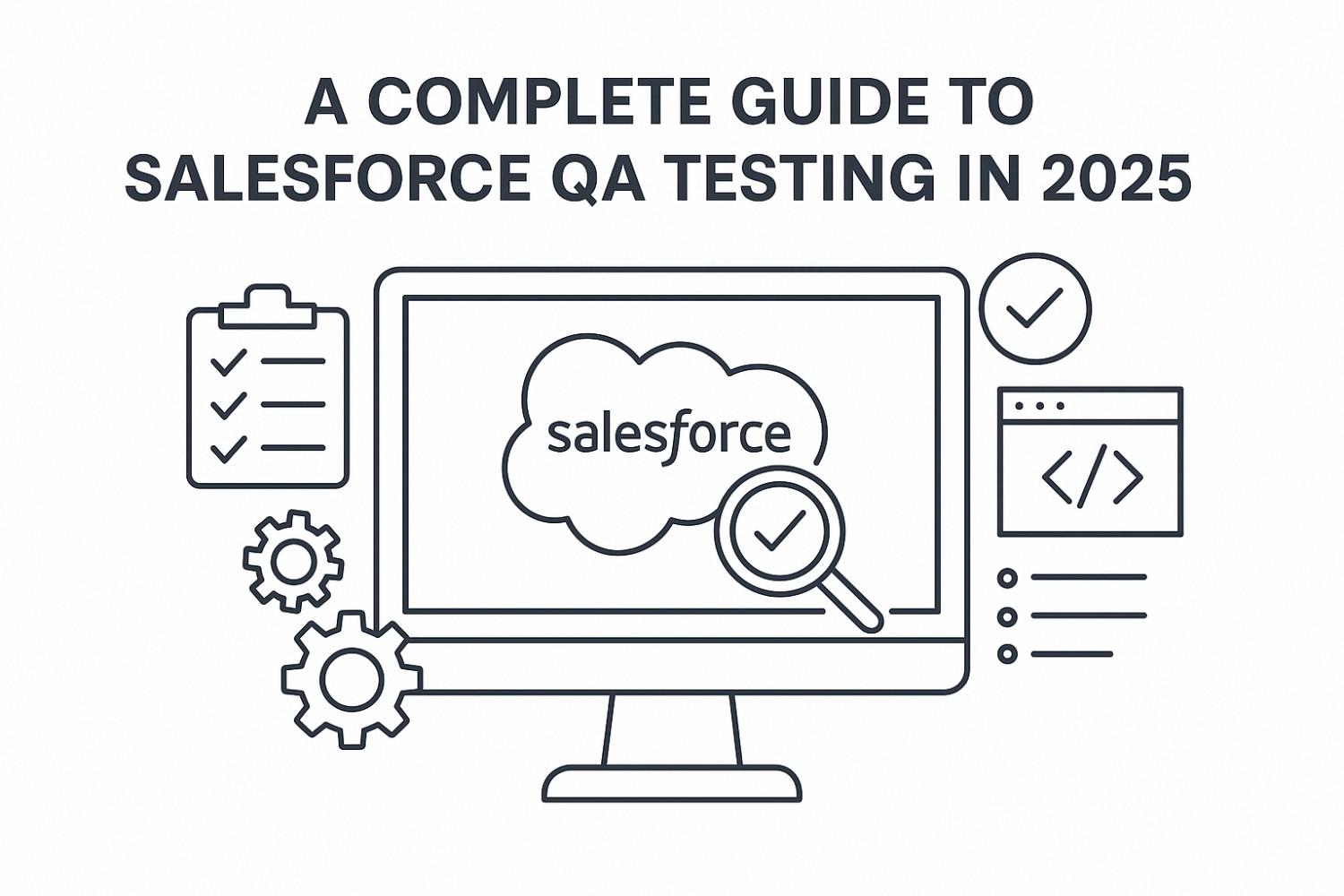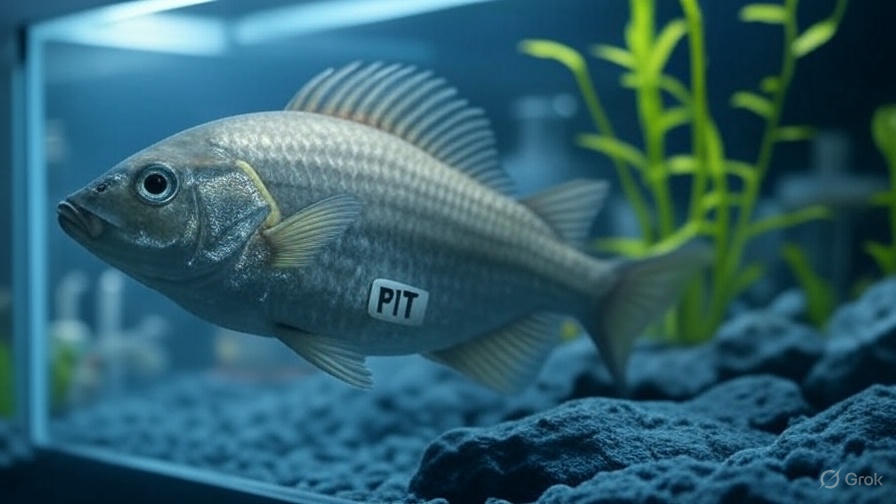Broodstock Management Perfected: Using PIT Tags to Breed Superior Fish
In the high-stakes world of commercial aquaculture, the journey to a successful harvest begins long before a fish is even a fry. It starts with the broodstock—the select group of mature fish chosen for breeding. These are the mothers and fathers of the next generation, and their genetic quality, health, and productivity directly determine the future success of a fish farm. For too long, the management of this critical resource has relied on guesswork, fin clipping, or other unreliable methods of identification. This lack of precise, individual-level data has been a significant barrier to genetic improvement, limiting the potential of the entire industry.
Today, a powerful technology is revolutionizing this foundational aspect of fish farming: Passive Integrated Transponder (PIT) tags. These tiny, microchipped wonders, are providing aquaculturists with the ability to manage their broodstock with a level of precision and detail previously unimaginable. By providing a permanent, unique digital identity to each fish, PIT tags enable a data-driven approach to breeding that is transforming the industry. We will discuss how the strategic use of PIT tags is perfecting broodstock management, leading to genetically superior offspring, higher yields, and a more profitable and sustainable future for aquaculture.
What Are PIT Tags and Why Are They Perfect for Aquaculture?
PIT tags are small, glass-encapsulated microchips, typically the size of a grain of rice, that are injected under the skin of a fish. They are passive, meaning they contain no internal power source and are only activated when they pass through an electromagnetic field generated by a reader. Once activated, the tag transmits a unique, unalterable identification number.
Their small size, long-term stability, and bio-compatibility make them an ideal solution for aquatic animals. Unlike external tags that can be lost or dislodged, PIT tags provide a permanent and secure form of identification that has minimal impact on the fish’s behavior or welfare. This permanence is crucial for a broodstock program, where fish are managed over multiple years and spawning cycles.
The Foundations of Superior Broodstock Management with PIT Tags
A successful broodstock program hinges on three core pillars: accurate identification, meticulous data collection, and selective breeding.
1. Accurate and Permanent Identification
The first step in any breeding program is knowing exactly who is who. Traditional methods like fin clipping or tattooing are often unreliable, can fade or be lost, and cause stress to the fish. By using tags, each fish receives a unique digital identifier that is permanent and tamper-proof. This eliminates any possibility of misidentification and provides a reliable foundation for all subsequent data collection.
2. Meticulous Data Collection for Informed Decisions
With each fish uniquely identified by a PIT tag, aquaculturists can begin collecting and associating a wealth of valuable data with each individual. When a fish is scanned with a tag reader, its unique ID can be linked to a central database. This allows for the meticulous tracking of critical metrics throughout the broodstock’s life:
- Growth Performance: By weighing and measuring fish at regular intervals, farmers can precisely track individual growth rates. This allows for the identification of fast-growing individuals and families that are genetically predisposed to higher yields.
- Reproductive Performance: Farmers can record data on egg quality, fecundity (number of eggs produced), and fertilization rates for each female, as well as the spawning success of each male. This allows for the selection of the most prolific and genetically robust breeders.
- Health and Disease Resistance: If a fish shows signs of disease or requires treatment, this information can be logged against its unique tag ID. This enables the selection of individuals and families that exhibit natural resistance to common diseases, leading to a healthier and more resilient population over time.
- Feed Conversion Ratio (FCR): By measuring individual feed intake against weight gain, farmers can identify fish with superior feed conversion ratios. This is a critical metric for profitability and sustainability, as it directly impacts feed costs—often the largest expense in aquaculture.
3. The Power of Selective Breeding
The ultimate goal of superior broodstock management is to perform selective breeding the process of mating individuals with desirable traits to create a new generation that is genetically superior.
For example, a farmer can analyze their data to identify the fastest-growing male and the female with the highest egg quality, then selectively mate them to produce offspring with a higher likelihood of inheriting those traits. Over multiple generations, this data-driven selection process can lead to significant genetic gains, such as a 20-30% improvement in growth rates or a marked increase in disease resistance. Without the individual identification provided by PIT tags, this level of precision would be impossible.
Real-World Impact and ROI
The benefits of this advanced approach go far beyond academic genetics; they have a tangible and significant impact on a fish farm’s bottom line.
- Increased Productivity and Yield: By breeding for superior growth rates and FCR, farms can produce more marketable fish in less time, directly increasing their harvest yield and revenue.
- Reduced Costs: A healthier and more disease-resistant population, tracked with PIT tags, means less money spent on costly medications and a reduction in mortality rates. Improved FCR means less money is spent on feed, the single largest cost in aquaculture.
- Higher-Quality Product: Selective breeding can also be used to improve traits like fillet quality, color, and texture, allowing a farm to command a premium price in the market.
- Enhanced Sustainability: Optimizing FCR and reducing medication use are key pillars of sustainable aquaculture. By using tags to track and improve these metrics, farms can reduce their environmental footprint and appeal to increasingly eco-conscious consumers.
The Future of Aquaculture is Data-Driven
The use of PIT tags in broodstock management is a prime example of how technology is enabling a more scientific, precise, and profitable approach to aquaculture. As the industry continues to grow to meet global demand, the pressure to produce more with less will only increase. By embracing tools like PIT tags, aquaculturists are not just improving their farms; they are building the foundation for a more sustainable, efficient, and resilient future for the entire seafood industry. The days of managing a broodstock population as a single, undifferentiated group are over.






